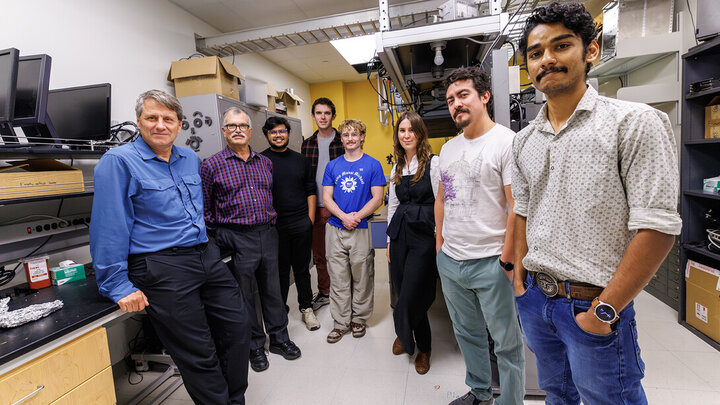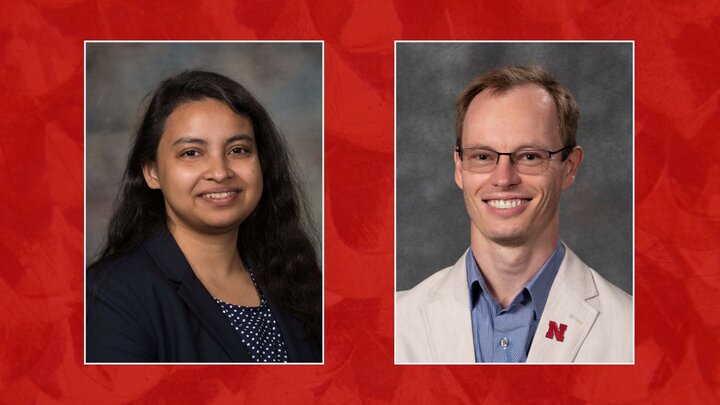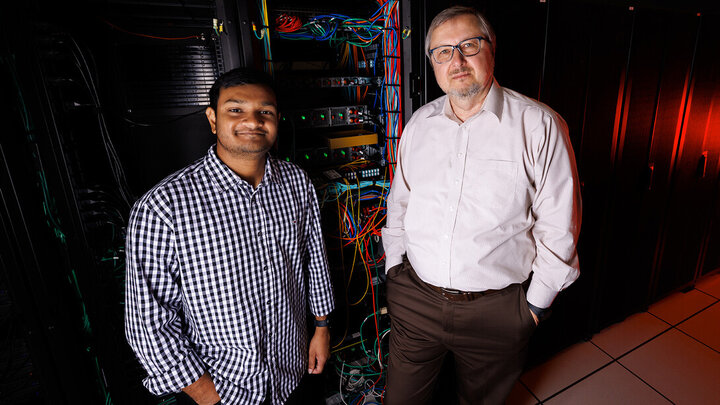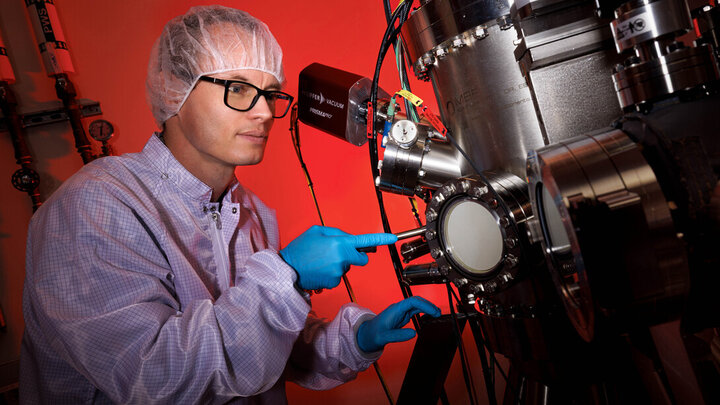A team of researchers led by Bharat Giri from Xiaoshan Xu’s group at the University of Nebraska–Lincoln has reported the discovery of a giant topological Hall effect (THE) across a broad temperature range (2–350 K) in bilayer heterostructures composed of platinum (Pt) and the conducting ferrimagnet NiCo₂O₄ (NCO). Their findings, published yesterday in Applied Physics Letters under the title “Giant topological Hall effect across a wide temperature range in Pt/NiCo₂O₄ heterostructures,” offer new insights into topological spin structures like skyrmions in magnetic materials.
The topological Hall effect is a quantum phenomenon that arises from emergent magnetic fields generated by non-coplanar spin textures. It has become a vital technique for detecting skyrmions—tiny, swirling spin configurations with topological protection.
Crucially, the team found that THE is absent in single-layer Pt, single-layer NCO, and even in Pt/Cu/NCO structures, strongly suggesting that the effect originates from the unique Pt/NCO interface. The peak THE signal occurs just before the coercive field of NCO, pointing to its connection with magnetic nucleation centers—regions topologically equivalent to skyrmions.
The research demonstrated a high density of small magnetic nucleation centers, inferred from the magnitude of the normalized THE and supported by domain imaging after zero-field cooling. This work positions heavy metal/NCO heterostructures as a powerful new platform for investigating topological spin phenomena, with promising implications for spintronic and quantum technologies.
This work is led by EQUATE PhD student Bharat Giri from Dr. Xiaoshan Xu group (FRG1) in collaboration with Prof. Abdelghani Laraoui (FGR2), Prof. Peter Dowben (FRG1), Prof. Sy-Hwang (FRG2), and QZabre LLC researchers Björn Áki Jósteinsson, Zhewen Xu, and Gabriel Puebla-Hellmann. EQUATE students Adam Erickson, Arjun Subedi, and Suvechhya Lamichhane also participated in the study.
The study was supported by the National Science Foundation (NSF) through the Nebraska EPSCoR Emergent Quantum Materials and Technologies (EQUATE) Center and the University of Nebraska–Lincoln Grand Challenges Catalyst Award. Research was conducted in part at the Nebraska Nanoscale Facility, part of the NSF’s National Nanotechnology Coordinated Infrastructure, and the Nebraska Center for Materials and Nanoscience.




